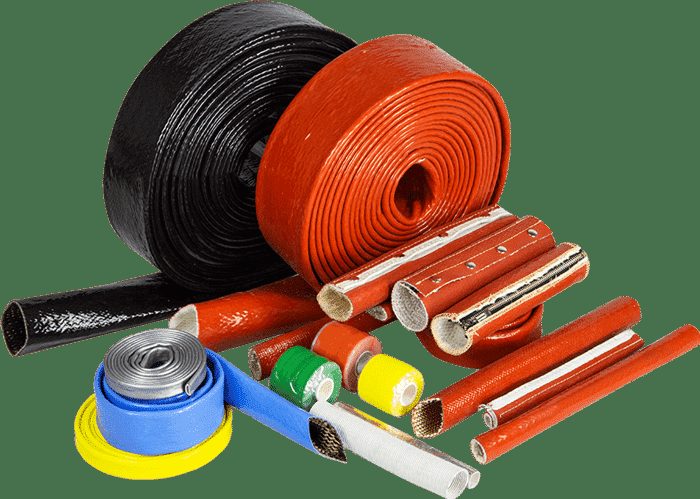For a more comfortable night’s sleep, consider using a fire blanket or heat-resistant sleeve instead of a traditional down comforter.
Both can be machine-washed and dried and contain no glues. If you’re using your bed for high-heat use, you can even buy a fabric batting that is made of this material to layer on top.
You can purchase this fabric from The Warm Company, local fabric stores, or even Amazon.
1. Fire Blanket

A fire blanket is a good option to mitigate the risk of fire. These blankets are best kept in a convenient location and should not be placed near flammable materials because they pose a fire hazard or hinder the fire extinguishing process.
As a precaution, you should never reuse a fire blanket as its extinguishing quality decreases with repeated use. To ensure the effectiveness of your fire blanket, dispose of it after only two or three uses. And remember to check your fire blanket regularly along with other fire equipment.
When choosing a fire blanket, make sure you select one that has the right heat-resistant materials.
One good option is a ceramic blanket. It’s made from ceramic material and is covered with a layer of vermiculite to provide heavy-duty protection.
Other options include fiberglass or high-temperature Kevlar, which are both heat-resistant materials. A fire blanket made of asbestos should be disposed of with caution as it can cause serious damage if inhaled.
2. Fire Sleeves

Fire sleeves are flexible, heat-resistant materials that protect wires, cables, hydraulic hoses, and other components from high temperatures. Among its many uses, fire sleeves can withstand hydrocarbons, ammonia, and mild acids.
They also resist vibration and shock, making them indispensable for manufacturing and other applications. Fire sleeves are also available in a variety of sizes and types. Some are flexible, while others are rigid.
High-temperature fire sleeving is one of the most common types of fire-resistant material. It is used in various industrial settings and aerospace applications.
It can withstand extreme temperatures as high as 540 degrees Celsius. Silicone fire sleeve is made of organic and inorganic compounds that combine high and low-temperature resistance.
These sleeves can also provide multiple layers of safety, preventing hot molten materials from splashing on the surrounding cables.
3. Heat Resistant Tapes

If you are an avid home decorator, you probably already own several types of heat-resistant tape. These are perfect for a variety of applications, including HTV and heat press. Fortunately, there are affordable options available that are equally effective.
Below are some of the most common types and their uses. If you want to learn how to use these tapes properly, keep reading! In addition, you may be surprised to find out that they are cheaper than you think!
MS WGO Rolls – This 12mm wide thermal tape features a polyimide coating. It’s easy to apply, despite its high-temperature resistance. The adhesive holds tightly and leaves no residue.
It also has high-temperature resistance – up to 1000° C. But which one should you buy? What you really need is a thermal tape that performs well under these conditions. Not only will it provide you with a professional look, but it’ll also protect your valuables in the process.
4. High-temperature sealants

To make sure that a sealant is up to the task, it should be tested for hardness, tack-free time, and elongation. Testing of the sealant’s ability to withstand heat is based on information provided by the manufacturer, and the user or specifier should convey the expected exposure conditions to the manufacturer.
The manufacturer should comment on the product’s ability based on the inputs provided.
There are several types of high-temperature sealants. Industrial-grade sealants can withstand temperatures of up to 1200 degrees Fahrenheit, while high-temperature sealants are more appropriate for home applications.
In addition to their high-temperature capabilities, sealants can also withstand extreme temperatures. In fact, they are often used in industrial facilities but are essential for household repair projects.
5. High-temperature Rope

The best high-temperature ropes are braided, and they are made from continuous para-aramid fibers.
These ropes are often used in areas with high temperatures, including molten splashes and flames. The braids of these ropes can be either round or square.
Ceramic rope, on the other hand, is a versatile material. It is used in industrial settings like ovens and boilers, exhaust systems, and boilers.
It is also used in expansion joints and doorways of high-temperature structures. It can be wrapped with metal sheeting or used as a heat-resistant gasket. It is also commonly used in high-temperature gaskets and sealing ropes.


